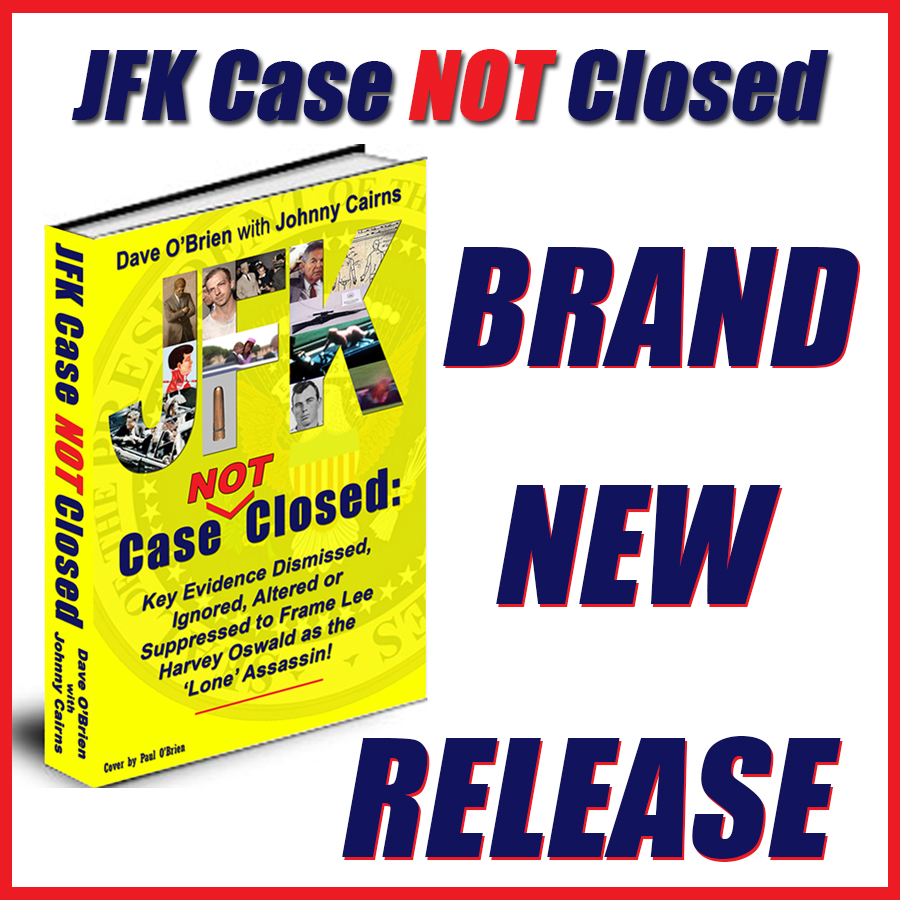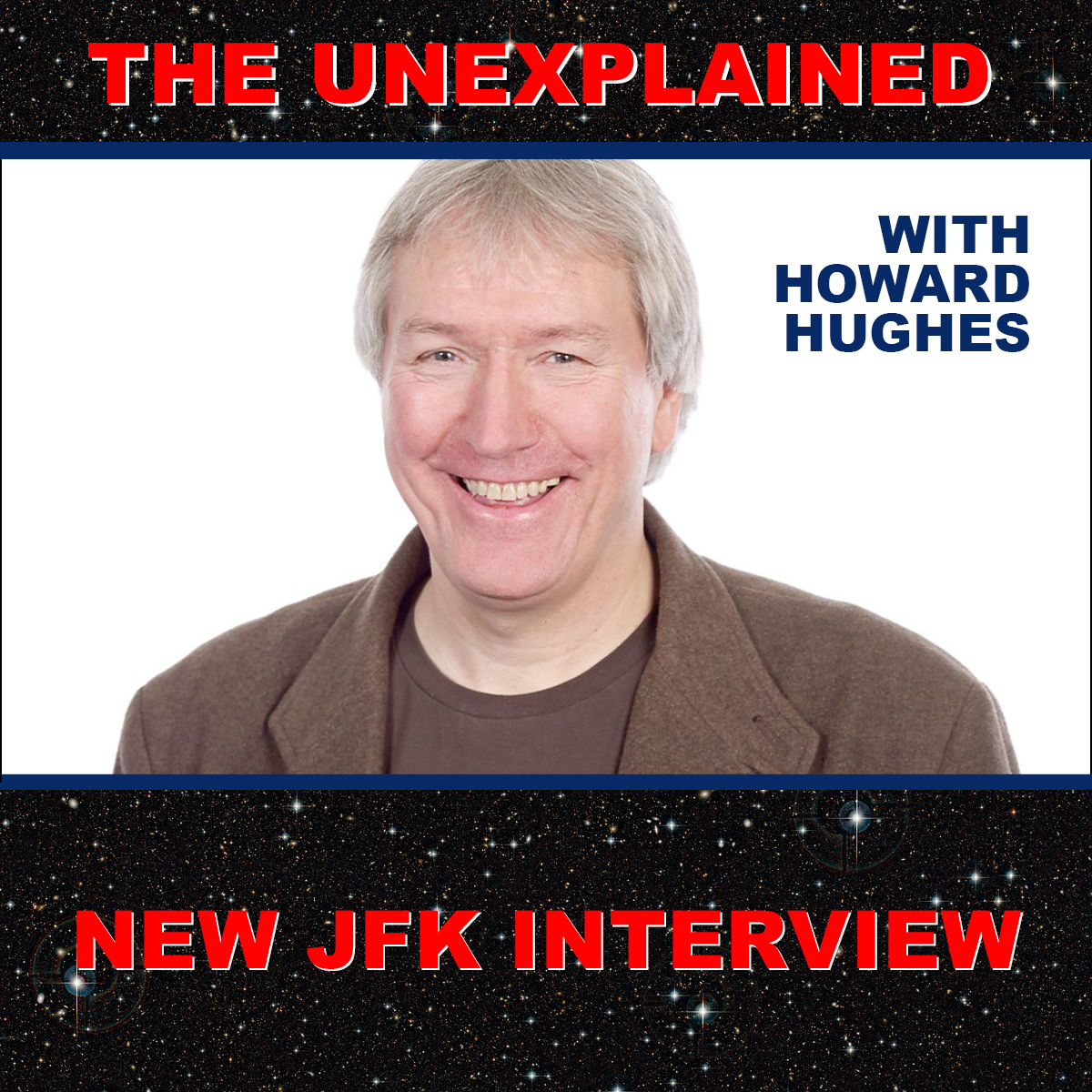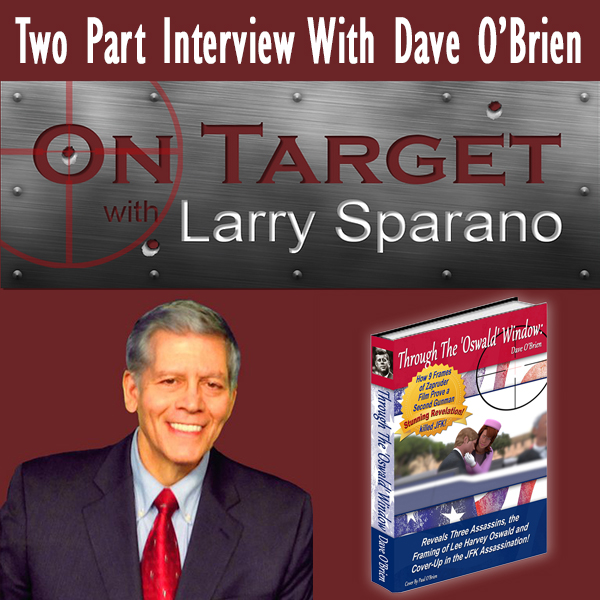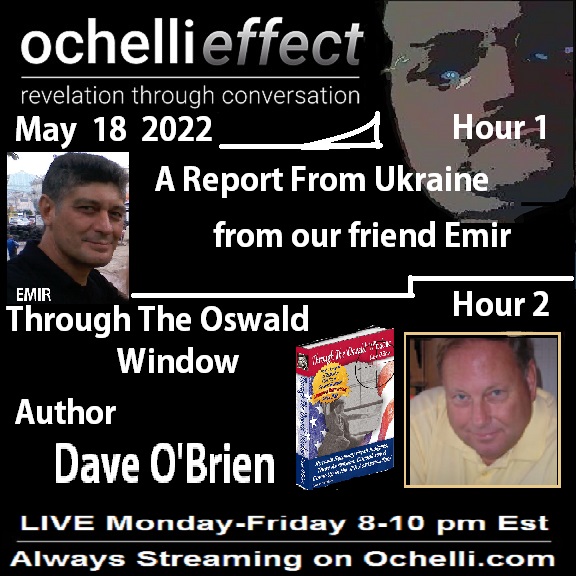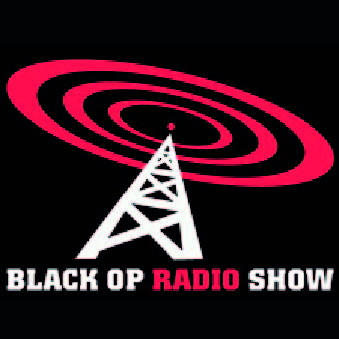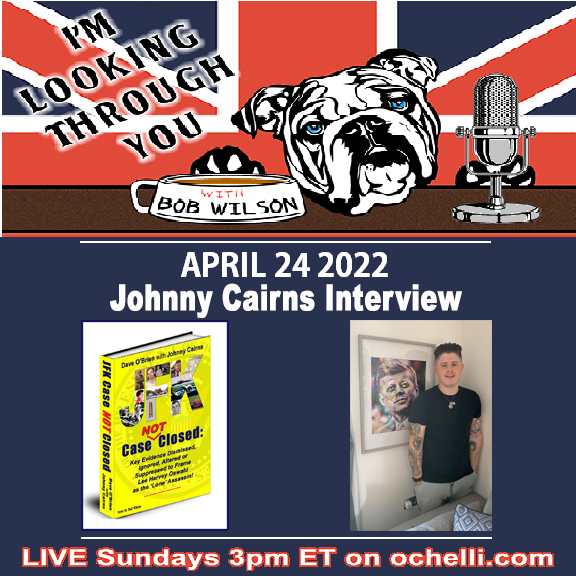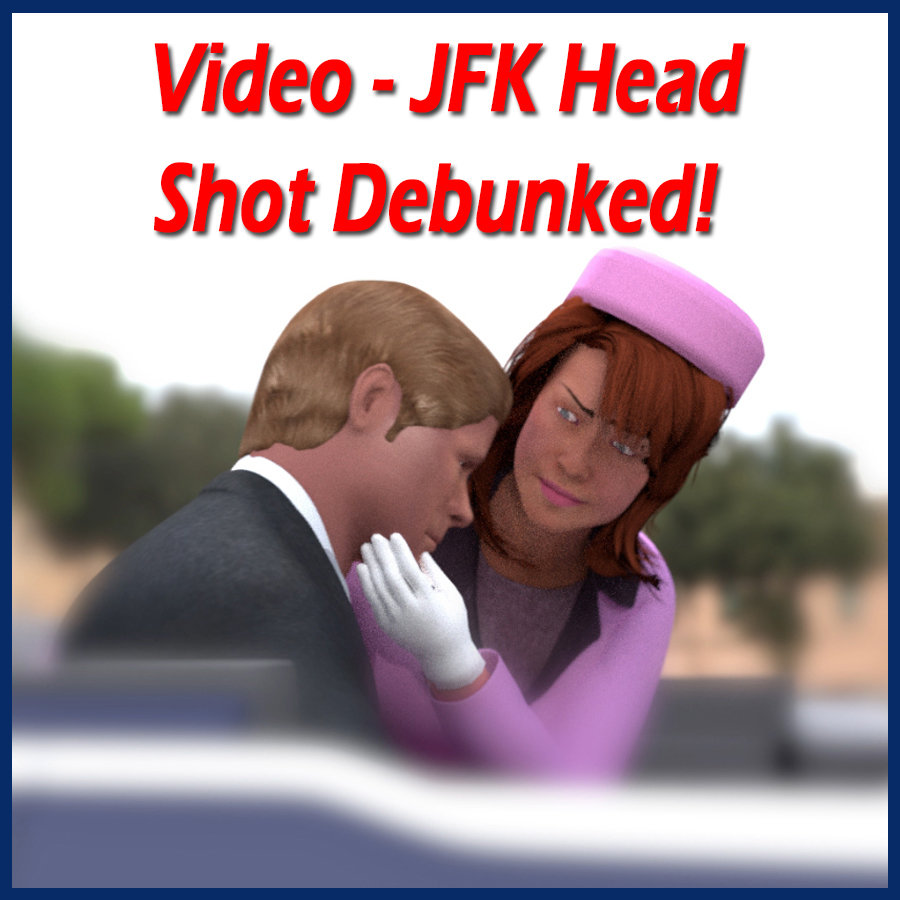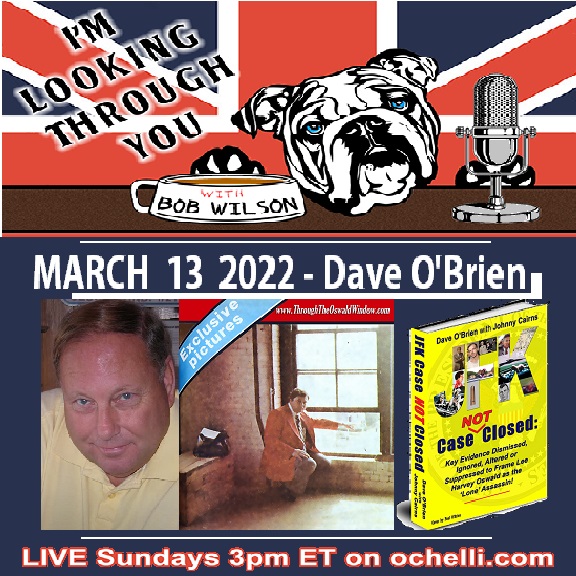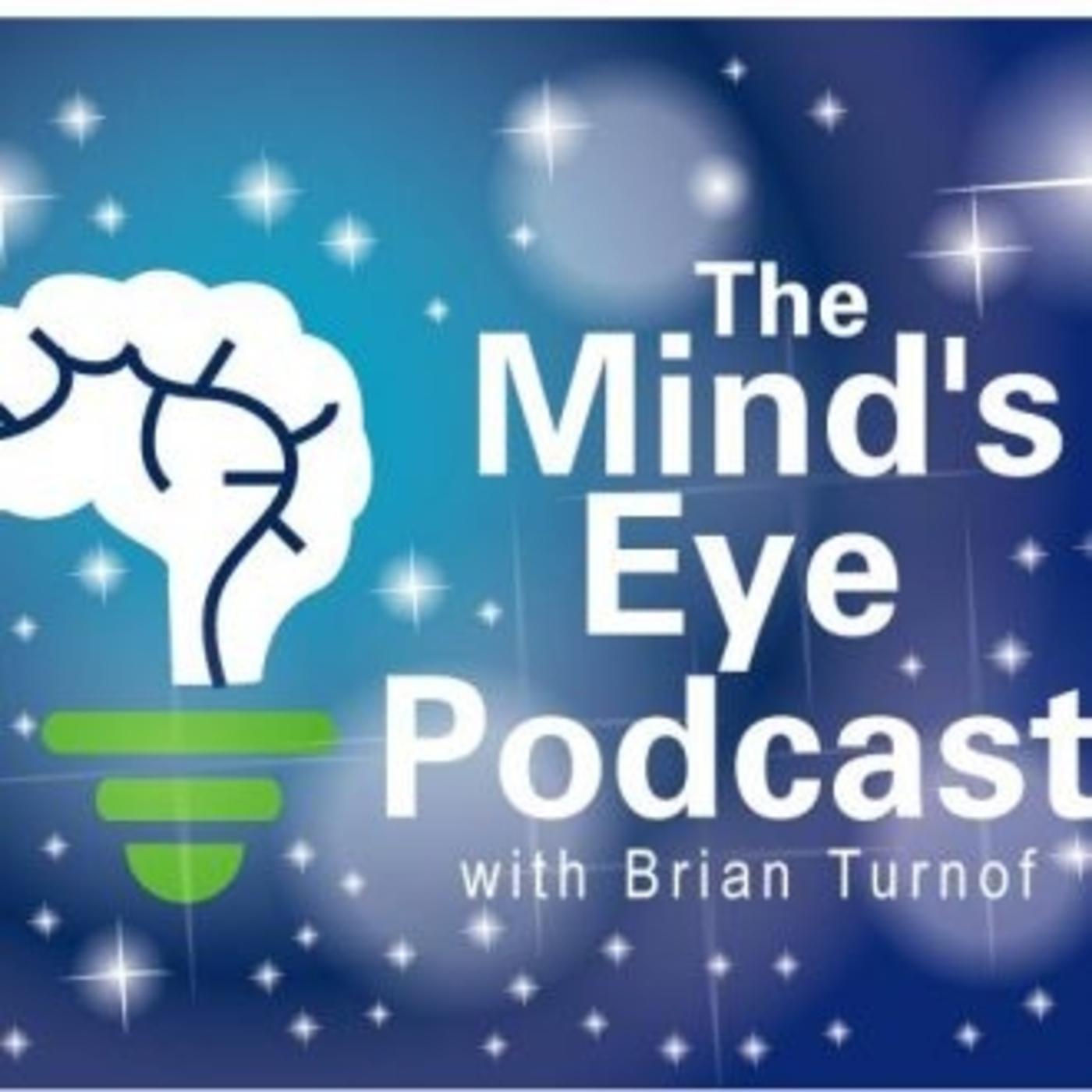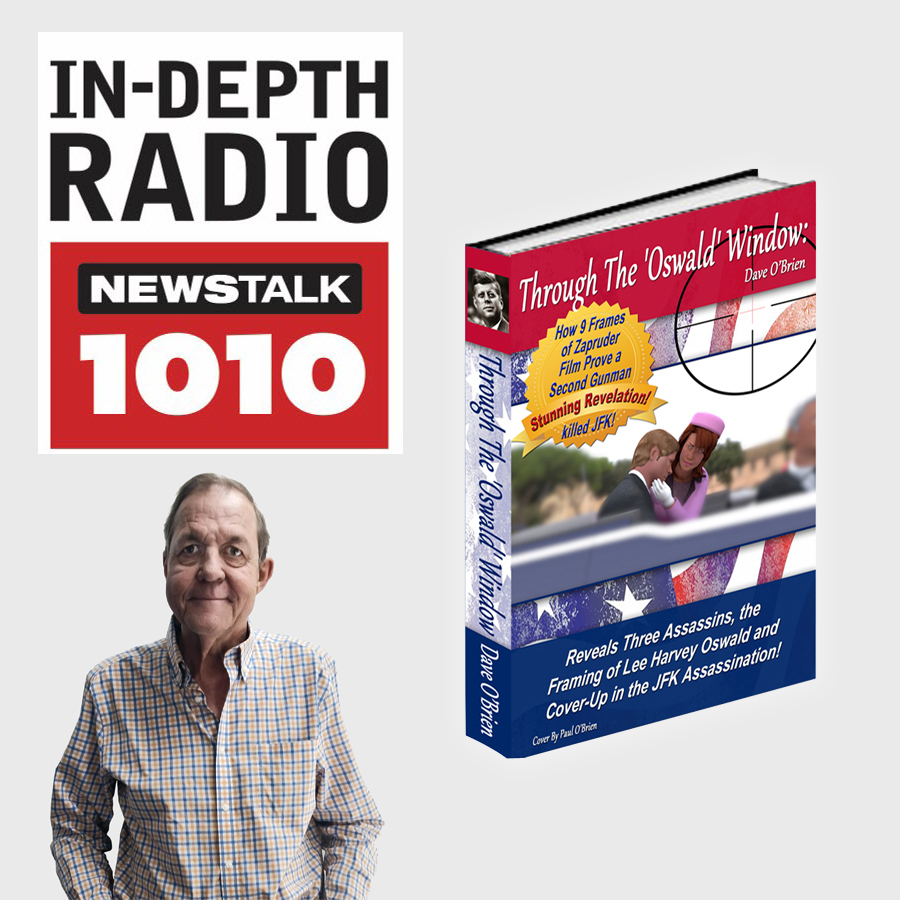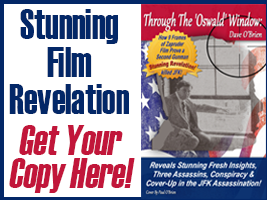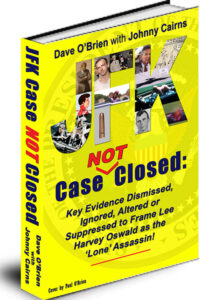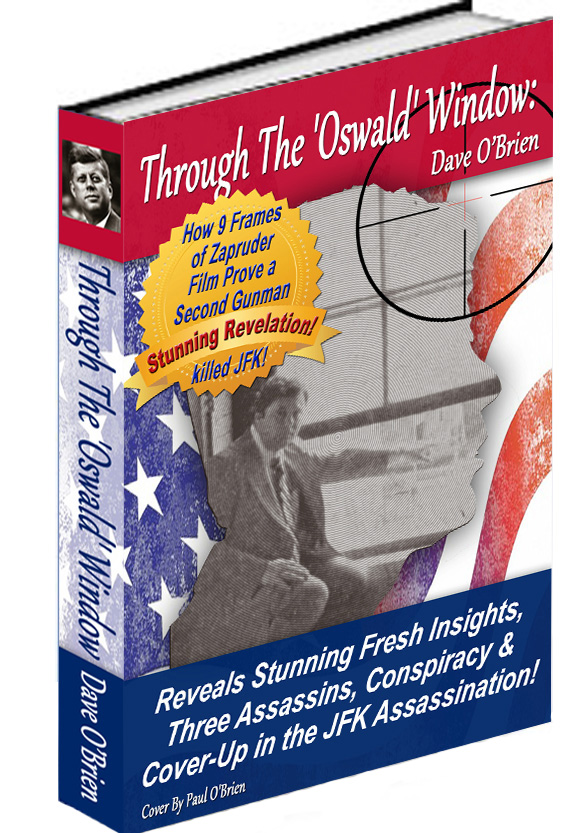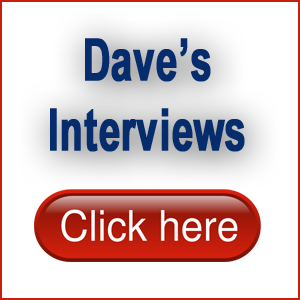JFK Assassination What If…
Part 1
The Shocking Trial of Lee Harvey Oswald!
This is a four-part series of articles in answer to the question:
What if Lee Harvey Oswald had lived to stand trial? Each article
selects key evidence presented by the Prosecution to establish
guilt while the defense attempts to establish ‘Reasonable Doubt’
toward a verdict of Not Guilty for the murder with malice of JFK.
Part I looks at eyewitness and earwitness testimony.
By Dave O’Brien
Judge – “Mr. Lee Harvey Oswald, to the charge of murder with malice, which is punishable by death in the state of Texas, how do you plead?”
Defendant – “Not guilty, I’m just a patsy!”
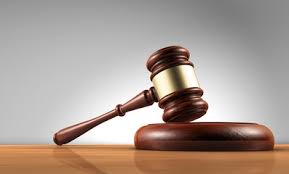
With Oswald having survived an attempt on his life two days after he allegedly assassinated the 35th President of the United States, the Third Criminal District Court Dallas County judge rejects a defense motion to move the proceeding out of state so that the defendant can be assured of a fair and impartial trial.
The judge then agrees to a defense motion to conduct the trial of Oswald in advance of the trial of his accused attempted murderer Jack Ruby so as to not prejudice the proceedings against the accused assassin.
And with that ruling, Oswald’s legal rights would have been upheld well beyond anything the Dallas police or Warren Commission extended to the suspect charged with murdering John Fitzgerald Kennedy.
Oswald, of course, did not survive the attack by Jack Ruby. He got to plead “Not Guilty” in public after his arrest in a media scrum, but he never got to say those words before a judge.
So, we are left with a haunting post-JFK assassination what if:
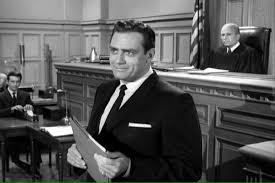
What if Lee Harvey Oswald had lived to stand trial?
Would he have been found guilty as the President’s assassin as he was declared by the uncontested Warren Commission jurors who tried him in absentia?
Or how about these questions that were forever denied a formal answer in a court of law?
- If Oswald was guilty, was he the only gunman present that day in Dealey Plaza?
- Did Oswald act as the sniper, but in concert with others in a conspiracy to assassinate the President?
- Would the evidence have supported a charge of murder with malice or would Oswald have been charged with other lesser crimes to secure a guilty verdict?
Given the burden of establishing guilt ‘beyond a reasonable doubt,’ the prosecution would have had to carefully weigh the charges it wanted to proceed with or risk one of the most embarrassing public court losses of all time.
MOCK JUSTICE
Because Oswald was never allowed his right to legal representation by the Dallas police or before the Warren Commission hearings, a number of ‘mock trials’ have been conducted over the passing decades, from live plays and TV dramas to law school trial re-enactments.
Earlier mock trials tended to find Oswald guilty, but the evidence used in the fake proceedings mostly came from Warren Commission documents and exhibits.
As declassified information came to light from the Freedom of Information Act or good old fashioned investigative work by journalists and researchers, mock juries found Oswald to be not guilty. And you can sprinkle in the occasional hung jury result.
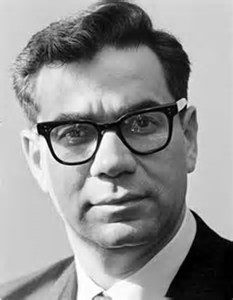
With apologies to the memory of noted defense attorney Mark Lane, who likely would have represented Oswald at public trial and unsuccessfully sought to provide a legal voice for Oswald before the Commission hearings, this journalist and researcher will try to establish ‘reasonable doubt’ on Oswald’s behalf in this four-part written version of a mock trial.
Keeping in mind that the entire mountain of evidence cannot be presented and debated here, this version of justice will feature examples of the key evidence that would have been entered into a court proceeding.
After more than 50 years of the government trying to uphold a guilty verdict against Oswald as the lone gunman, here is the defense of the accused assassin:
THE FOUR PILLARS OF EVIDENCE
The case against the President’s killer rests primarily on four categories of evidence that will be presented in separate articles:
- Part I – Witnesses – There were approximately 600 eyewitnesses and earwitnesses to the event in Dealey Plaza.
- Part II – Medical – In addition to the treatment of President Kennedy and observations of more than a dozen doctors, nurses and trauma room attendants at Parkland Hospital, the highly controversial autopsy performed on the victim would have been a focal point at an Oswald trial.
- Part III – Ballistics – Much of the circumstantial evidence would need to be bolstered or refuted by ballistic tests.
These would have included tests on Oswald’s Mannlicher-Carcano rifle and ammunition, tests related to medical findings, paraffin tests on the accused and tests on the physical evidence, such as recovered bullets or fragments, as well as the clothing worn by President Kennedy and Governor John Connally.
- Part IV – Photographic Record – The 26-second Zapruder film would have been central to the eventual verdict. Additionally, several still photographs would have been presented, as well as film and photo experts from both sides to interpret evidence the images reveal.
Oswald’s character also comes into play, but the Commission only asserted that he was a loner, a misfit in any society in which he lived and merely sought a place in the history books.
Although the supposed assassin defected to the Soviet Union after a short career in the Marines that has an interesting twist to it, the Commission could find no motive for Oswald shooting President Kennedy.
Hence, the criminal case against Oswald rests almost exclusively on the type of circumstantial evidence presented in this four-part series.
THE DEFENSE DOES NOT REST!
Using the four areas of evidence listed above, the prosecution’s position will be presented first, followed by the defense effort to either refute that evidence or at least establish reasonable doubt. Here is Part I of the trial of Lee Harvey Oswald:
EYEWITNESS TESTIMONY
Prosecution – Howard Brennan is the Prosecution’s star witness and testifies at trial that he saw a man who he believes was Oswald standing at the sixth-floor southeast window of the Book Depository Building and holding a rifle at the time of the assassination.
Brennan’s key evidence places the defendant at the window at the moment of the shooting, where a rifle is later found that belongs to the accused.
Case for Reasonable Doubt – During cross examination, it is revealed that Brennan was unable to identify Oswald as the man he saw in the window in a police lineup the night of the murder, even after seeing Oswald on television earlier in the day as the man arrested as the suspect.
The defense calls an optometrist to the stand who states that Brennan’s diminishing eyesight would not have allowed him to see facial features of a person in the sixth-floor window due to the distance and angle of the sightline.
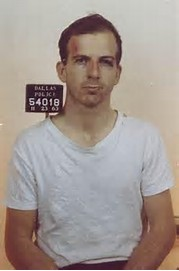
Prosecution – Oswald is alleged to have fired all three shots from the Book Depository window, then race down a set of stairs to the second-floor lunchroom where he was confronted by a company supervisor and Dallas police officer Marrion Baker 90 seconds after the shooting.
The Commission successfully conducted a test to verify Oswald’s ability to get from the sixth to the second floor in 90 seconds, thus establishing that he could have been at the window at the time JFK passed by the building in Dealey Plaza.
Case for Reasonable Doubt – As described in the book Through the ‘Oswald’ Window, this reporter conducted the same test in 1979 when granted rare access to the locked and sealed Book Depository and confirmed that this escape route was possible in 90 seconds.
However, officer Baker and the company supervisor both testify at trial that Oswald was calm, unflustered and showed no signs of just having murdered the President and then raced down four flights of stairs to grab a sandwich and Coca-Cola.
My own test results were quite different. After this ‘test run,’ I was out of breath, my cheeks were flushed and I was perspiring.
Additionally, the Commission chose to ignore the sworn testimony of employee Carolyn Arnold, who tells the Commission that she saw Oswald on the first floor near the main entrance less than five minutes before the motorcade passed by.
The defense would have called Ms. Arnold to establish ‘reasonable doubt’ that Oswald could have raced upstairs in a matter of a few minutes, taken his position at the window, calmly fired his rifle at the victim, then made the escape as outlined above.
Prosecution – Oswald demonstrated his guilt by fleeing the Book Depository Building immediately after the assassination and did not appear in a roll call of company employees after the shooting.
Oswald’s absence at the roll call revealed him as a suspect, resulting in an all-points-bulleting going out on police airwaves seeking a man resembling Oswald’s description.
Case for Reasonable Doubt – While on the stand, Ms. Arnold will testify that she too missed the official roll call of company employees but was never regarded as a suspect.
Other Depository employees are called to testify that they were late for the roll call and others will swear that the roll call did not happen at the time established by the prosecution.
Some employees were delayed getting back into the Book Depository by police who had locked down the building immediately after the shooting, thus also delaying the roll call.
EARWITNESS TESTIMONY
Prosecution – Dozens of witnesses confirm hearing shots that came from the Texas School Book Depository, the building that employed the accused assassin.
Several of these witnesses report hearing three shots, which match the spent shell casings found at the so-called ‘Oswald’ window where Oswald’s rifle was also found.
Case for Reasonable Doubt – The defense does not dispute that shots came from the Book Depository window where the casings and Oswald’s rifle were discovered.
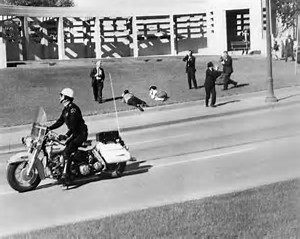
However, earwitness testimony cannot place the suspect at that window at the time of the shots. Also, earwitnesses also reported hearing as few as two shots in Dealey Plaza to as many as nine shots.
Anything more than three shots would necessitate at least one more gunman since Oswald’s rifle could not have fired more than three shots in the known timespan of the shooting.
The Commission also heard testimony from earwitnesses who swear they heard at least one shot come from the grassy knoll to the right-front of the Presidential limousine.
These witnesses were either ignored or discredited by the Commission due to the ‘trauma’ of the moment, but would have been called before the court to establish ‘reasonable doubt’ that the defendant acted on his own.
FIRST LADY’S REACTION
To spare First Lady Jacqueline Kennedy the ordeal of appearing at trial, as previously agreed to by the prosecution, the defense enters into evidence a filmed sworn statement by Mrs. Kennedy.
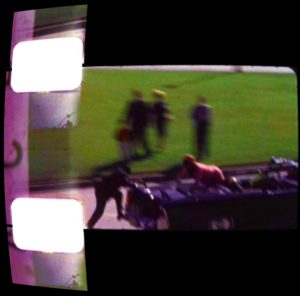
Mrs. Kennedy states that she heard the shots and recognized at some point after the first shot that her husband was under duress.
The key witness has no recollection of jumping up onto the trunk of the limousine after the fatal head shot to retrieve a piece of her husband’s skull, but upon viewing the Zapruder film, she confirms that this ‘instinctive’ reaction did happen as described.
Prosecution – The prosecution argues that Mrs. Kennedy jumped onto the ‘rear’ trunk because the limousine accelerated just before the head shot occurred at Zapruder frame 313.
Thus, the limousine surged ahead of the impact point, thereby causing the President to slam back against the car seat, also leaving brain matter and bone fragments scattered behind the moving limousine.
Case for Reasonable Doubt – The Oswald defense team enters into evidence the 26-second Zapruder film, which causes the courtroom to erupt into a collective gasp.
A photographic expert testifies that the Zapruder camera operates at 18 frames per second, allowing the footage to act as a clock.
Despite aggressive cross examination by the prosecution that argues the film cannot possibly speak to the mindset or thinking of the First Lady at the moment of the fatal head shot, the film expert disputes the notion that the sudden acceleration of the car caused bone fragments from the President’s head to fly backward.
The defense witness establishes that the President’s automobile was travelling at 11 miles per hour during the entire sequence of shots and did not accelerate until after frame 370 (above), which is 3.16 seconds after the fatal head shot occurred at frame 313.
The defense concludes this session of the trial by arguing that the Zapruder film, as well as the testimony of eyewitnesses and earwitnesses such as Billy Newman, establishes that Lee Harvey Oswald did NOT fire the shot that killed President John F. Kennedy.
* This is the first article of a four-part series that examines what might have happened if Lee Harvey Oswald had survived the attack by Jack Ruby and lived to stand trial for the murder of President John F. Kennedy. Part II deals with the key medical evidence that would have been presented at trial.
